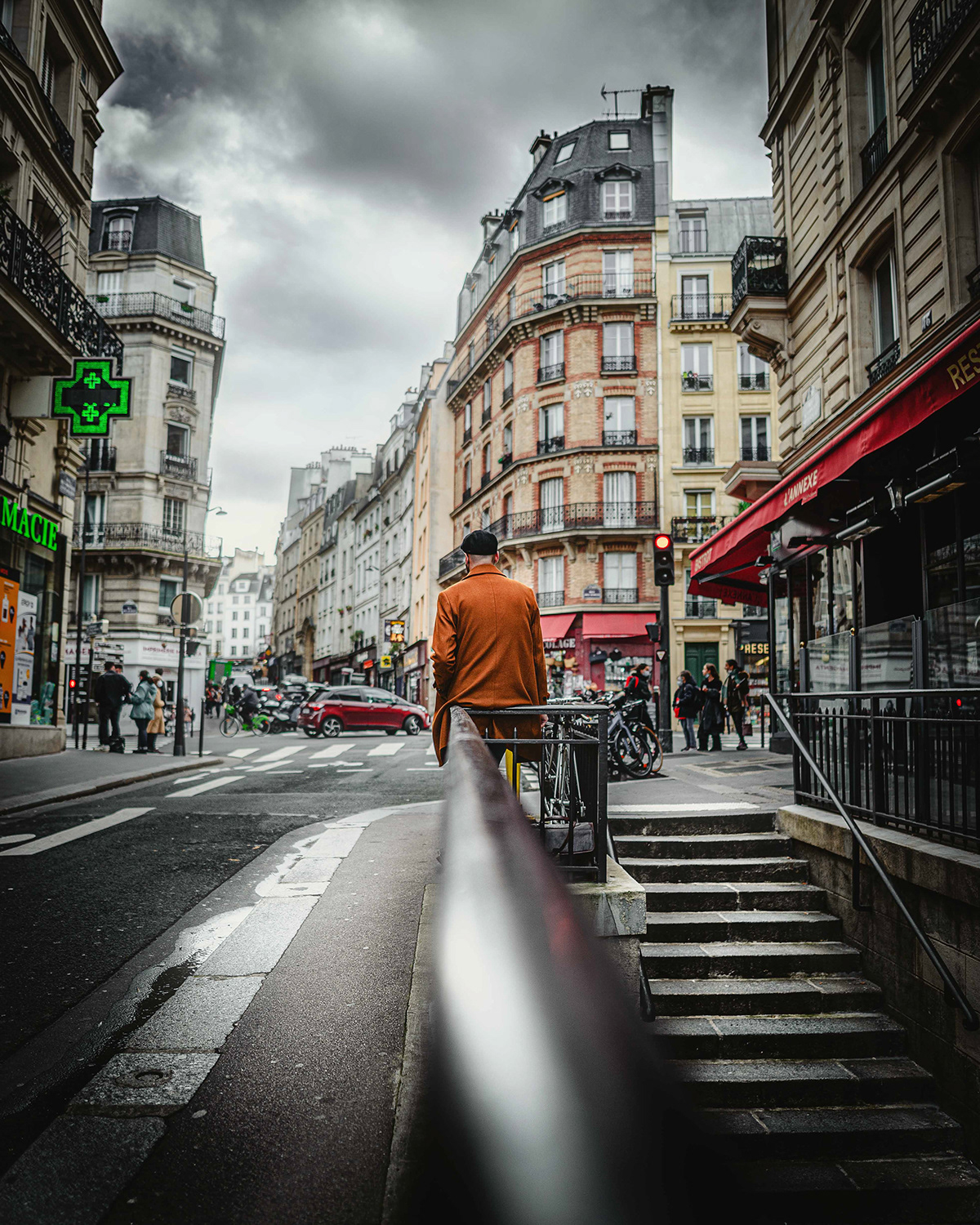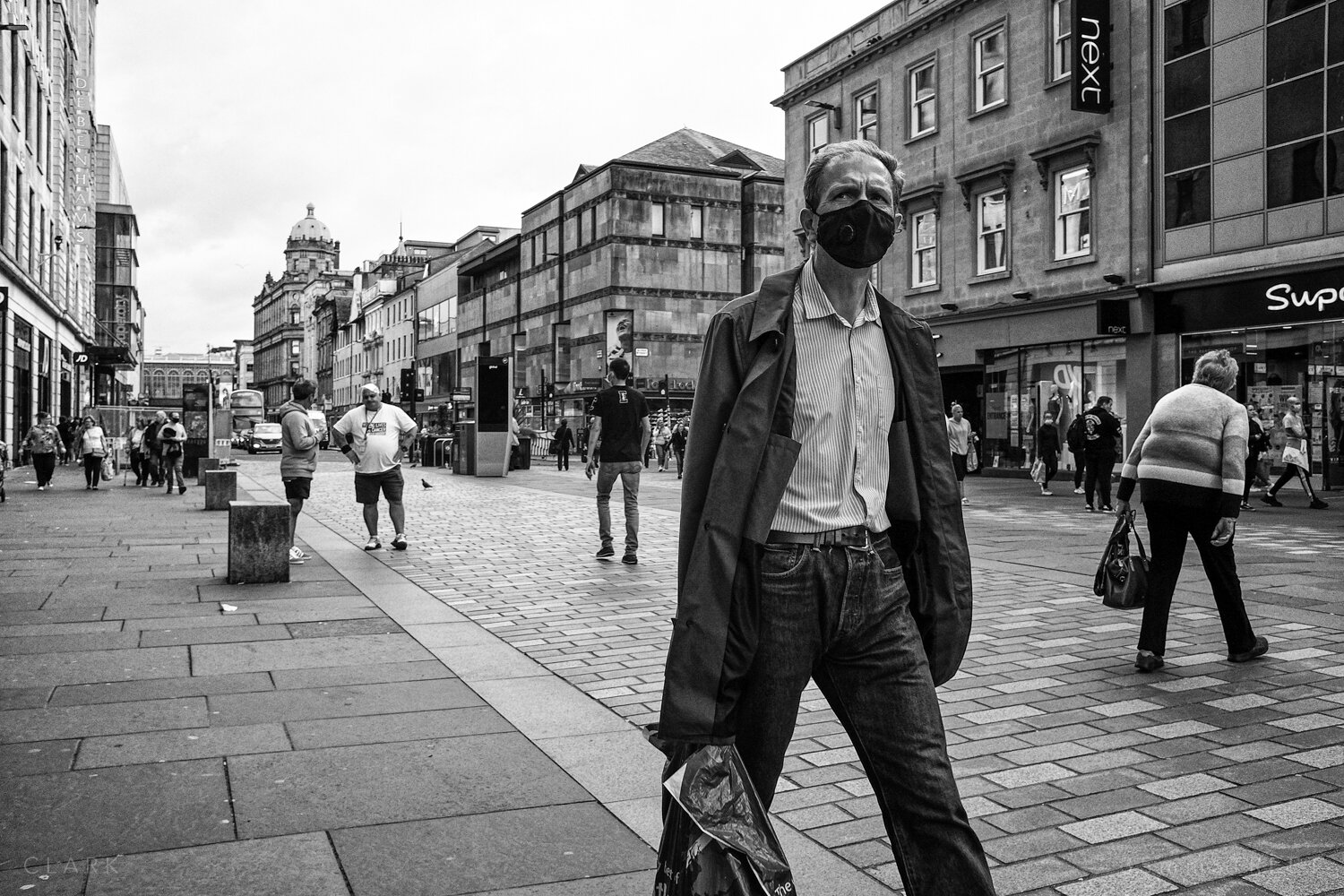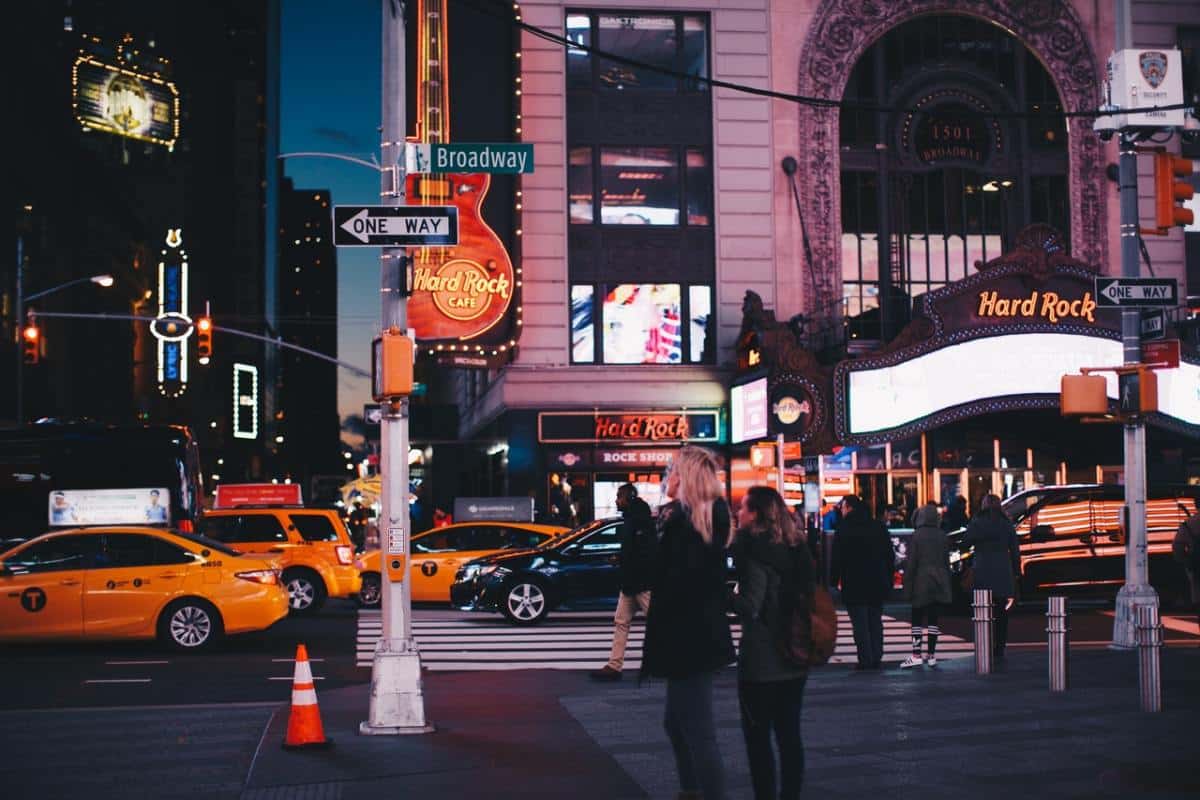Rumored Buzz on Street Photographers
Table of ContentsNot known Facts About Street PhotographersStreet Photographers - TruthsFascination About Street PhotographersSome Known Facts About Street Photographers.Fascination About Street Photographers
Street photographers do not always have a social function in mind, yet they like to isolate and capture minutes which could otherwise go undetected.Though he was affected by many of those who affected the street professional photographers of the 1950s and '60s, he was not mainly curious about catching the spirit of the road. The impulse to visually document individuals in public started with 19th-century painters such as Edgar Degas, douard Manet, and Henri de Toulouse-Lautrec, that worked side by side with photographers attempting to capture the essence of urban life.

Given the fine quality of his photos and the breadth of product, architects and musicians commonly acquired Atget's prints to make use of as recommendation for their very own work, though business interests were rarely his major motivation. Rather, he was driven to picture every last residue of the Paris he liked. The mingled enthusiasm and urgency of his objective sparkle through, causing photos that tell his own experience of the city, top qualities that prepared for road digital photography of the 20th century.
The Only Guide to Street Photographers
They reveal the city through his eyes. His job and basic understanding of digital photography as an art kind served as inspiration to generations of professional photographers that followed. The future generation of road photographers, though they likely did not refer to themselves as such, was ushered in by the photojournalism of Hungarian-born professional photographer Andr Kertsz.
Unlike his peers, Brassa used a larger-format Voigtlnder camera with a much longer direct exposure time, compeling him to be a lot more calculated and thoughtful in his method than he might have been if making use of a Leica.
Cartier-Bresson was a champion of the Leica cam and among the first professional photographers to maximize its abilities. The Leica enabled the photographer to communicate with the surroundings and to catch minutes as they took place - Street Photographers. Its reasonably tiny size also assisted the professional photographer discolor right into the history, which was Cartier-Bresson's preferred technique
The Main Principles Of Street Photographers
It is as a result of this basic understanding of the art of picture taking that he is usually attributed with uncovering the medium throughout once again about a click to find out more century given that its development. He took photos for more than a half century and influenced generations of photographers to trust their eye and intuition in the minute.
These are the inquiries I shall try to respond to: And then I'll leave you with my own interpretation of road photography. Yes, we do. Allow's kick off with specifying what an interpretation is: According to it is: "The act of specifying, or of making something guaranteed, distinct, or clear".
No, absolutely not. The term is both limiting and misguiding. Seems like a street photography should be photos of a roads right?! And all street professional photographers, except for a tiny number of absolute newbies, will totally appreciate that a street is not the key element to street photography, and in fact if it's a picture of a road with possibly a couple of boring individuals doing absolutely nothing of rate of interest, that's not street digital photography that's a photo of a road.
He makes a legitimate point don't you believe? While I concur with him I'm not certain "honest public digital photography" will capture on (although I do kind of like the term "honest photography") since "road digital photography" has been around for a lengthy time, with several masters' names connected to it, so I believe the term is right here to remain.
Rumored Buzz on Street Photographers
Inside?! I hear you scream as you tremble your clenched fist to the skies. Why not? You can contend the coastline, at a celebration, in an alley, in a park, in a piazza, in a cafe, at a museum or art gallery, in a metro station, at an event, on a bridge, under a bridge ...

The 8-Second Trick For Street Photographers
